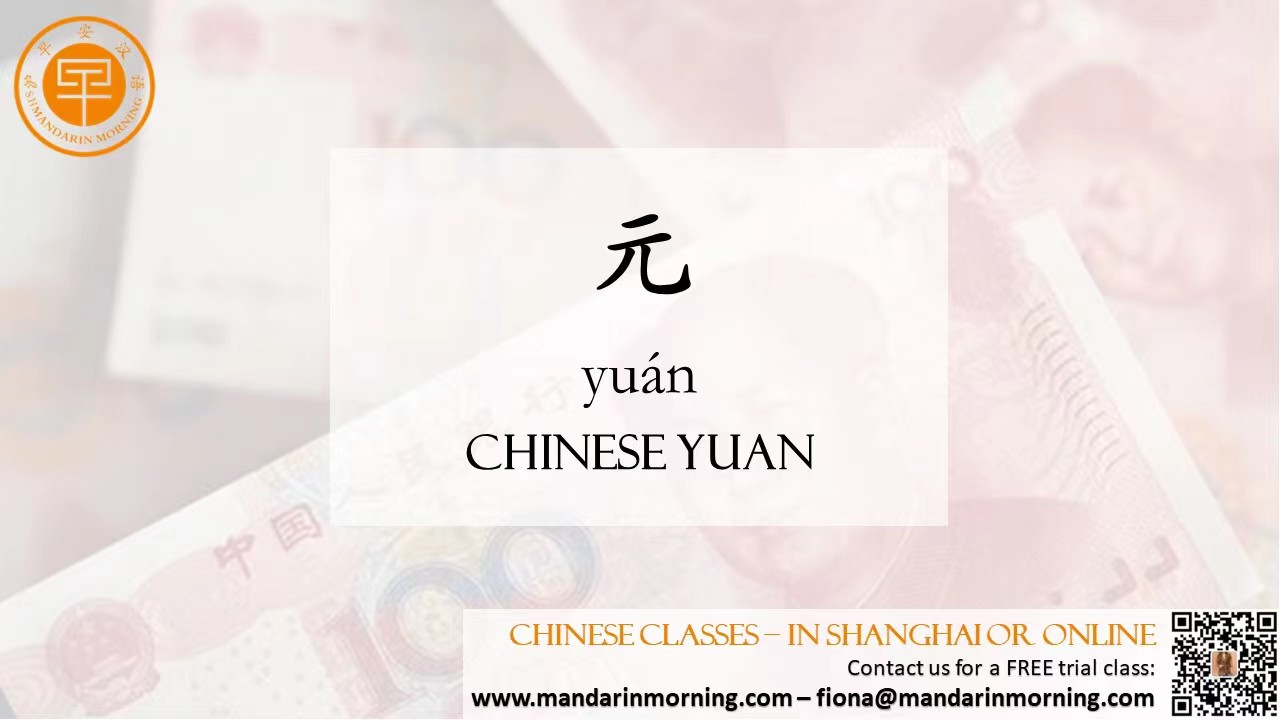| The People’s Bank of China introduced the Renminbi in December 1948. Initially only bank notes were issued, and they began to circulate in China. This was just under a year before the establishment of the People’s Republic of China in October 1949. The new government aimed to end the hyper-inflation that had been in a problem during the final years of the Republic of China. In 1955 the yuan was revalued: 1 new yuan was equal to 10,000 old yuan.  5 Facts about the Chinese Renminbi 1. Denominations The renminbi currency comes in denominations ranging from 1 fen to 100 renminbi. The banknotes include imagery of some of China’s communist leaders, both past and present, including Mao Zedong. The renminbi is available in denominations from: ¥0.1, ¥0.5, ¥1, ¥5, ¥10, ¥20, ¥50, ¥100 Coins are available from 1 fen to 1 yuan (¥0.01–1). As prices rise, some low denomination coins and bills are no longer used. 2. The fixed rate From 1949 until the late 1970s, China placed an overvalued fixed exchange rate on its currency. The Chinese government did not want the country to depend on the outside world for imports. In an effort to boost its own industrialization, the fixed rate allowed them the opportunity to buy machinery from other countries at prices they could afford. This is what enabled China to advance as an industry leader in the global economy, and it is also why Chinese currency moves in the same direction as the U.S. dollar (USD). 3. The equilibrium value In 2012, appreciation actions by the Chinese government, as well as quantitative easing measures taken by the American Federal Reserve and other major central banks, have caused the renminbi to be within as little as 8% of its equilibrium value. 4. IMF reserve currency On October 1st, 2016, the RMB became the first emerging market currency to be included in the IMF‘s special drawing rights basket, the basket of currencies used by the IMF as a reserve currency. 5. Devaluation The International Monetary Fund stated that the Chinese currency is no longer undervalued against the dollar given its recent appreciation, however, economists stated that recent devaluations as of 2019 may change that outlook. |